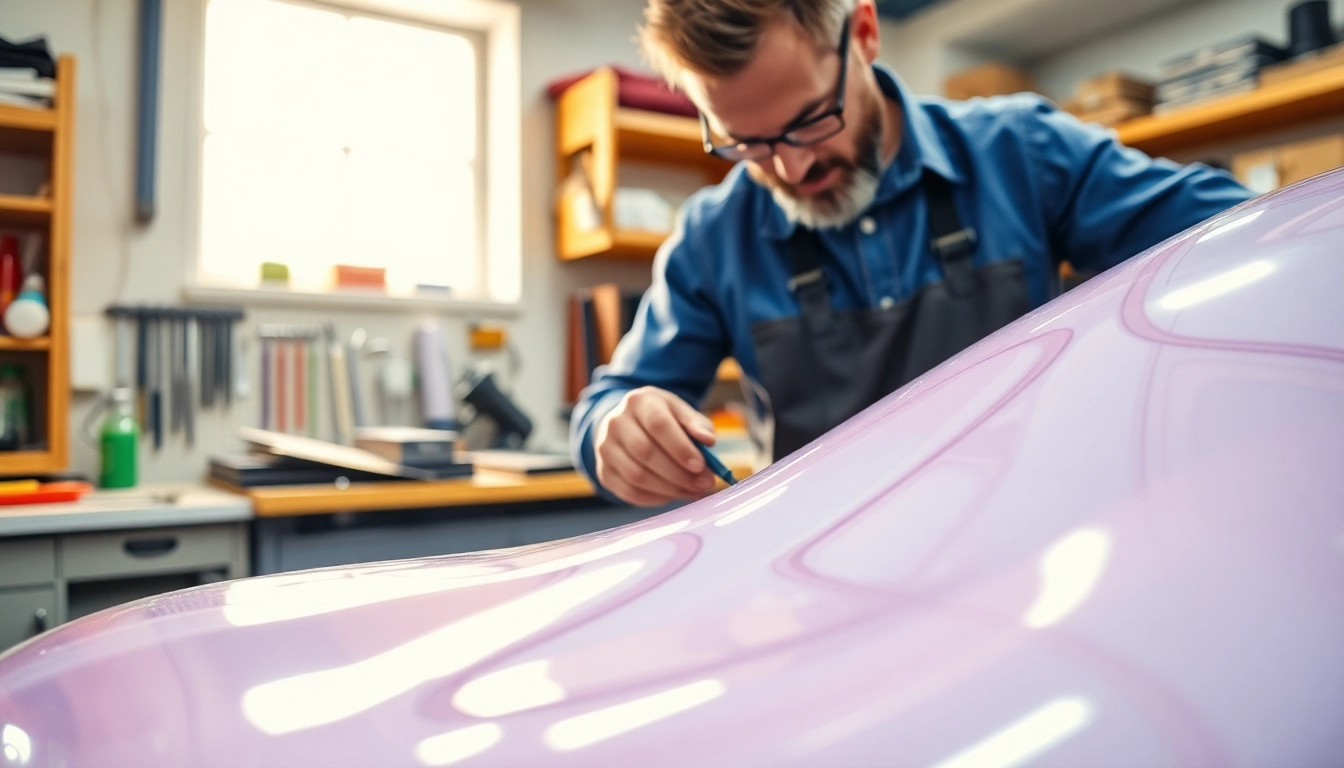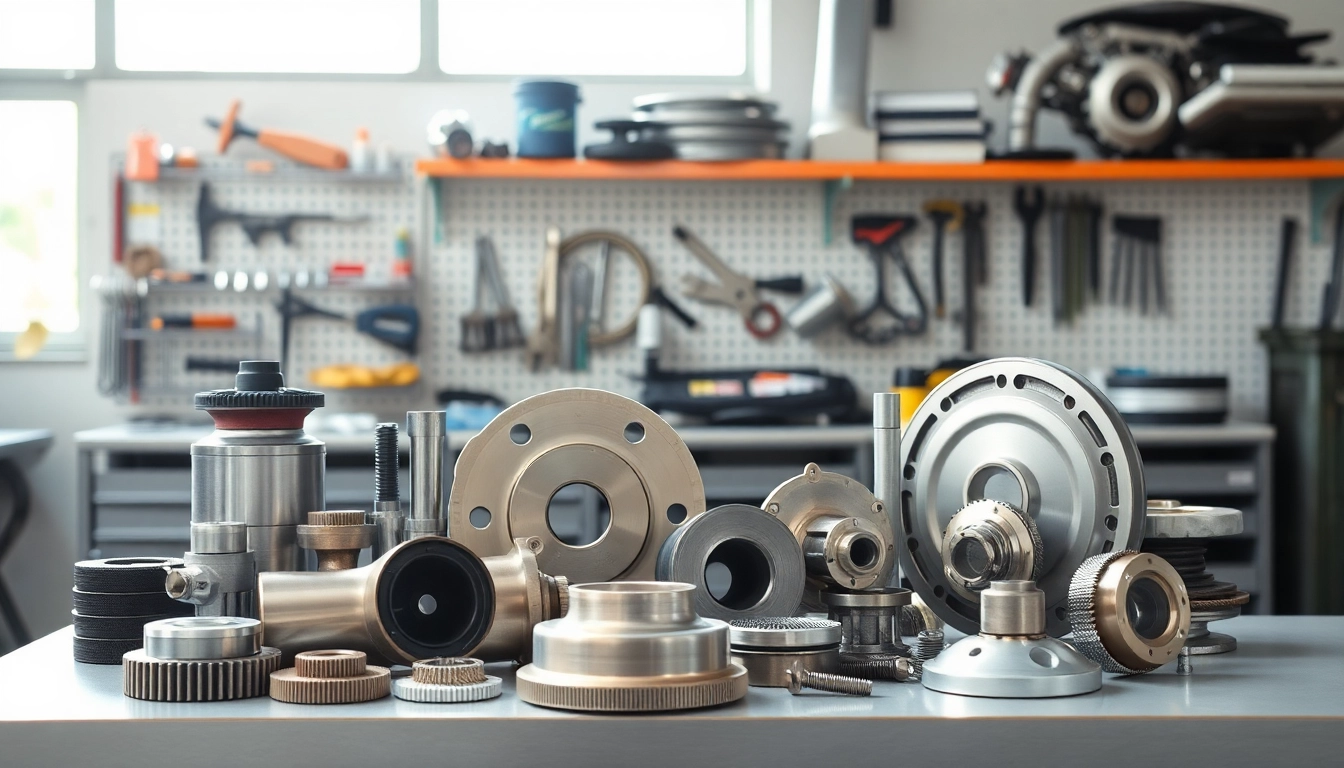Understanding Laminating Resin
What is Laminating Resin?
Laminating resin is a type of synthetic material that plays a crucial role in composite construction, particularly in the marine, automotive, and aerospace industries. Commonly used for bonding layers of materials together, laminating resins provide a strong, durable matrix that enhances the structural integrity of the final product. The resin is typically applied in a liquid form and cures to a solid state, creating a robust bond between reinforcements like fiberglass, carbon fiber, or other composite materials.
These resins are primarily classified into two categories: polyester and epoxy. Polyester laminating resin is known for its affordability and is often used in less critical applications. Conversely, epoxy laminating resin offers superior adhesion, strength, and chemical resistance, making it the preferred choice for high-performance applications. For those interested in exploring more about laminating material options, you can view various laminating resin types available on the market.
Types of Laminating Resin
There are two predominant types of laminating resin, each offering distinct properties and benefits: polyester and epoxy. Understanding the differences between these types can guide you in selecting the most appropriate resin for your project.
Polyester Laminating Resin
Polyester laminating resin is renowned for its cost-effectiveness and ease of use. It is a thermosetting resin that cures quickly, often requiring just a few hours to dry. This type of resin is particularly advantageous for projects where budget constraints are significant, such as in boat building and other large-scale manufacturing processes. Its moderate mechanical properties make it suitable for less demanding applications, although it may not provide the same level of adhesion and chemical resistance as epoxy options.
Epoxy Laminating Resin
Epoxy laminating resin, while more expensive, offers unparalleled performance characteristics. It has a higher tensile strength, excellent chemical resistance, and can bond well to various substrates. This resin is ideal for use in high-performance applications such as aerospace and marine environments where durability and reliability are paramount. The curing process can be more complex and may require precise temperature and humidity controls to achieve optimal results.
Primary Uses of Laminating Resin
Laminating resin is employed in a wide range of applications, primarily pertaining to composite materials. Its versatility allows it to be used effectively in various sectors, such as:
- Marine Industry: Often used in the construction of boats and yachts, where it forms a strong protective layer over wood or fiberglass surfaces.
- Aerospace Sector: Utilized in the manufacturing of aircraft components that require lightweight yet high-strength materials.
- Automotive Manufacturing: Applied in the production of car parts where weight reduction and strength are critical.
- Sporting Goods: Laminating resin is frequently found in the construction of durable sporting equipment, such as surfboards and bicycles.
Benefits of Using Laminating Resin
Durability and Strength
One of the foremost advantages of using laminating resin is its robustness. Both polyester and epoxy laminating resins provide excellent mechanical properties, allowing them to withstand significant stress and strain. This durability is crucial in applications that encounter various environmental challenges, from moisture in marine environments to mechanical impacts in automotive applications.
Cost-Effectiveness
While epoxy laminating resins generally come at a premium price, polyester laminating resins offer a budget-friendly alternative. For projects with considerable material needs, opting for polyester resin can lead to substantial cost savings without dramatically compromising performance, particularly in less critical conditions.
Versatility in Applications
Laminating resin can be easily adapted for various applications, making it a go-to choice for many industries. Its compatibility with different reinforcement materials, such as fiberglass and carbon fiber, broadens its usage scope. Whether you are manufacturing a boat, creating automotive parts, or molding intricate shapes for decorative applications, laminating resin provides the necessary flexibility.
How to Select the Right Laminating Resin
Considerations for Different Projects
When selecting a laminating resin for your project, consider several factors to ensure optimal results:
- Type of Application: Determine whether your project will require the high-strength capabilities of epoxy or the cost-effectiveness of polyester.
- Environmental Conditions: Assess the external factors your project will face, such as exposure to moisture, heat, or chemicals.
- Working Time: Consider the amount of time you need to work with the resin before it begins to cure, as some applications may need extended working times.
Comparing Polyester and Epoxy Laminating Resin
When choosing between polyester and epoxy laminating resin, look closely at the specific demands of your project:
- Adhesion Strength: Epoxy laminating resin typically outperforms polyester in bonding strength.
- Cure Time: Polyester laminating resin usually cures faster compared to epoxy, which can be beneficial for large projects with tight deadlines.
- Temperature Tolerance: Epoxy laminating resin can generally withstand higher temperatures without degrading.
Evaluating Performance Metrics
Each laminating resin possesses a unique set of performance characteristics. Understanding these metrics can help in making an informed decision:
- Tensile Strength: Indicates the resistance of the resin to being pulled apart.
- Flexural Modulus: Measures the resin’s stiffness when bent.
- Impact Resistance: Evaluates how well the resin can withstand sudden force without breaking.
Application Techniques for Laminating Resin
Surface Preparation Best Practices
Proper surface preparation is critical to achieving a quality bond between laminating resin and reinforcement materials. Here are best practices to follow:
- Cleansing the Surface: Remove any dust, grease, or contaminants from the surface to ensure optimal adhesion.
- Sanding: Light scuffing the surface can enhance bonding, especially when using epoxy laminating resins.
- Drying: Make sure surfaces are completely dry before applying the resin, as moisture can interfere with curing.
Step-by-Step Application Guide
Applying laminating resin effectively involves a step-by-step process. Here’s a comprehensive guide:
- Mixing: If using a two-part system (common in epoxies), mix the resin with the hardener in the correct ratio.
- Applying the Resin: Use a brush or roller to apply a layer of resin onto the surface where the reinforcement material will be placed.
- Laying the Reinforcement: Position the fiberglass or composite material onto the resin layer, ensuring even saturation.
- Curing: Allow the resin to cure as specified, avoiding any disturbances during the process.
Common Mistakes to Avoid
Even seasoned professionals can make mistakes when working with laminating resin. Here are some pitfalls to avoid:
- Incorrect Mixing Ratios: Always adhere to the manufacturer’s recommended ratios for optimal results.
- Skipping Surface Preparation: Neglecting proper cleaning and sanding can lead to poor adhesion.
- Ignoring Temperature Guidelines: Ensure that the work area is within the recommended temperature range for the resin being used.
Maintenance and Finishing Touches for Laminating Resin Projects
Post-Application Care
After the application of laminating resin, proper care is crucial for ensuring longevity and performance:
- Inspection: Regularly check the surfaces for any signs of damage or wear.
- Cleaning: Clean the surfaces according to the specifications, avoiding harsh chemicals.
- Protection: Use protective coatings when necessary to shield against UV exposure or moisture.
Finishing Techniques for Optimal Appearance
To achieve a professional appearance on your laminated surfaces, consider these finishing techniques:
- Sanding: Smooth the surface with fine-grit sandpaper after the resin has fully cured.
- Polishing: Use a buffing compound to enhance the gloss and clarity of the finish.
- Sealing: Applying a clear coat can provide additional protection and enhance the aesthetic appeal.
Repairing Damaged Laminating Resin Surfaces
Despite your best efforts, damage can sometimes occur. Here’s how to repair damaged laminating resin surfaces:
- Assess the Damage: Determine whether the surface requires a simple patch or a complete removal and reapplication.
- Preparation: Clean the area around the damage and sand the surface for proper adhesion.
- Application: Follow the resin application guidelines, ensuring you apply sufficient material to rebuild the layer.
- Cure and Finish: Allow to cure fully before sanding and applying any finishing techniques.



